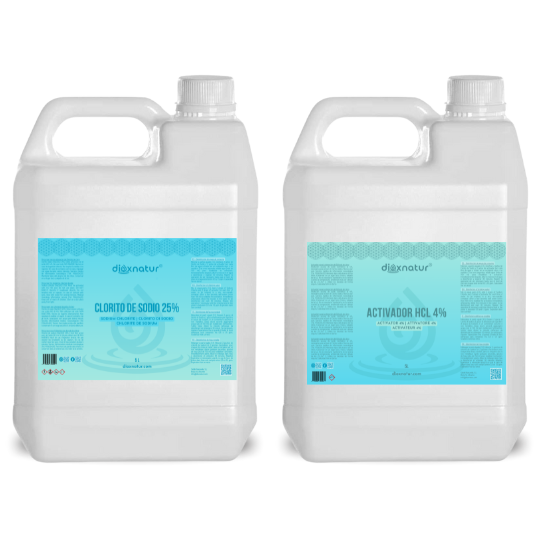Discover everything about the conductivity of distilled water , its electrical properties, applications
The conductivity of distilled water Conductivity is a crucial topic in the fields of chemistry and physics, as well as in industrial and scientific applications. Understanding how and why distilled water has certain conductivity properties can help improve processes and ensure water quality in various applications. This article will comprehensively break down everything related to distilled water conductivity, from its theoretical foundations to its practical applications.
What is Water Conductivity
Definition and basic concepts
Water conductivity refers to the ability of water to conduct electricity. This phenomenon depends on the presence of dissolved ions in the water, such as salts, minerals, and other substances. The greater the amount of ions present, the higher the conductivity.
What is conductivity?
Conductivity is measured in microsiemens per centimeter (µS/cm) and is a key property for assessing water quality in different contexts. For example, in drinking water, high conductivity can indicate contamination or the presence of unwanted dissolved substances.
Conductivity of Distilled Water
Features and Measurement
Distilled water is known for its low conductivity due to the removal of impurities and ions during the distillation process. Under ideal conditions, distilled water has extremely low conductivity, usually less than 1 µS/cm. This is because the distillation process removes almost all substances that could increase conductivity.
What is the conductivity of distilled water
Since distilled water is virtually pure, its conductivity is a good indicator of the quality of the distillation process. Any significant deviation from the expected conductivity may indicate the presence of contaminants.
Water as a Conductor of Electricity
Properties and factors
Water itself does not conduct electricity; it is the ions dissolved in water that allow the flow of electric current. For example, seawater, rich in dissolved salts, has a high conductivity, while distilled water, almost free of ions, has a very low conductivity.
Water is a conductor of electricity
To better understand this concept, it is helpful to consider how different types of water, such as drinking water and seawater, compare in terms of conductivity.
Conductivity Comparison: Drinking Water vs. Distilled Water
Differences and similarities
Drinking water contains dissolved minerals and salts that contribute to its conductivity, typically between 50 and 500 µS/cm. In contrast, distilled water, with its absence of these ions, has significantly lower conductivity.
Conductivity of drinking water
This contrast highlights the importance of water purity for applications requiring low conductivity, such as in the pharmaceutical industry and electronic component manufacturing.
Factors Affecting Water Conductivity
Chemical and environmental influences
Water conductivity can be affected by several factors including:
- Chemical composition : The presence of salts and minerals increases conductivity.
- Temperature : The higher the temperature, the higher the conductivity due to the increased mobility of the ions.
- Contaminants : Dissolved substances can significantly vary the conductivity of water.
These factors are critical to monitor and control in industrial and laboratory applications where water purity is essential.
Practical Applications of Distilled Water Conductivity
Uses in industries and laboratories
Distilled water with low conductivity is used in various applications, such as:
- Pharmaceutical manufacturing : Where water purity is vital.
- Research laboratories : To avoid interference in experiments.
- Electronics industry : In the production of components that do not tolerate impurities.
Conductivity of distilled water in industries
These applications highlight the need to maintain strict water quality standards.
How to Measure Water Conductivity
Methods and tools
Measuring water conductivity involves the use of specific devices such as conductivity meters, which apply an electric current through water and measure the water's ability to conduct that current.
Water conductivity table
Using reference tables can help interpret results and determine water quality in different contexts.
Importance of Conductivity in Industrial Waters
Impact on processes and quality. In industry, water conductivity is a key indicator of quality and purity. Water with high conductivity can damage equipment, affect chemical processes and compromise the quality of the final product.
This is why constant monitoring of conductivity is standard practice in many industries.
Conductivity of Seawater vs. Freshwater
Comparison and analysis
Seawater, with its high concentration of salts, has a very high conductivity, typically around 50,000 µS/cm, compared to freshwater, which varies between 50 and 500 µS/cm depending on its origin.
This contrast is important in applications such as desalination and water treatment.
and how it affects water purity. Learn more here.

























